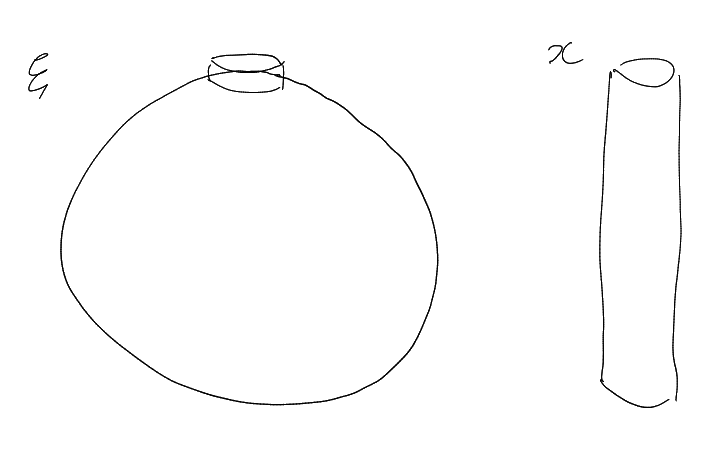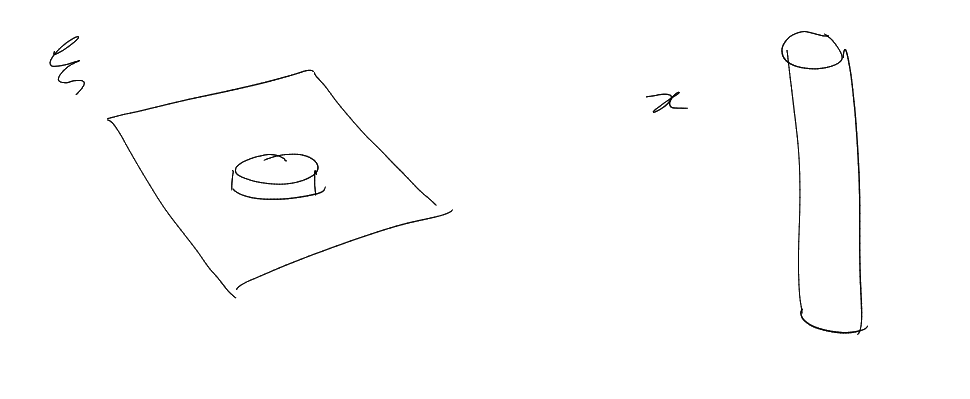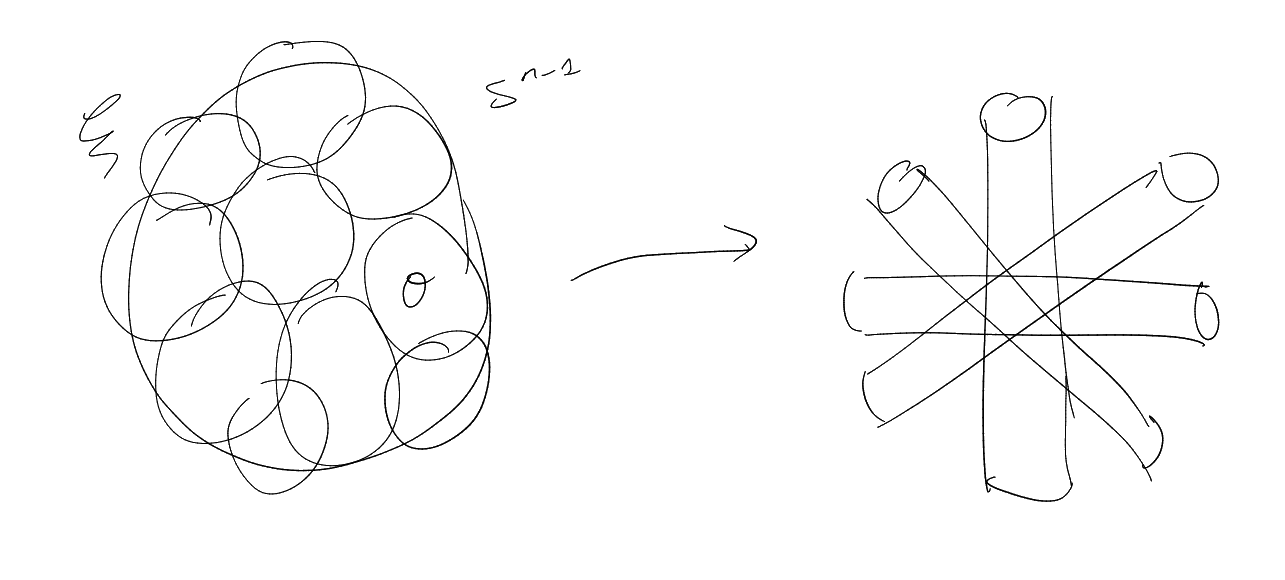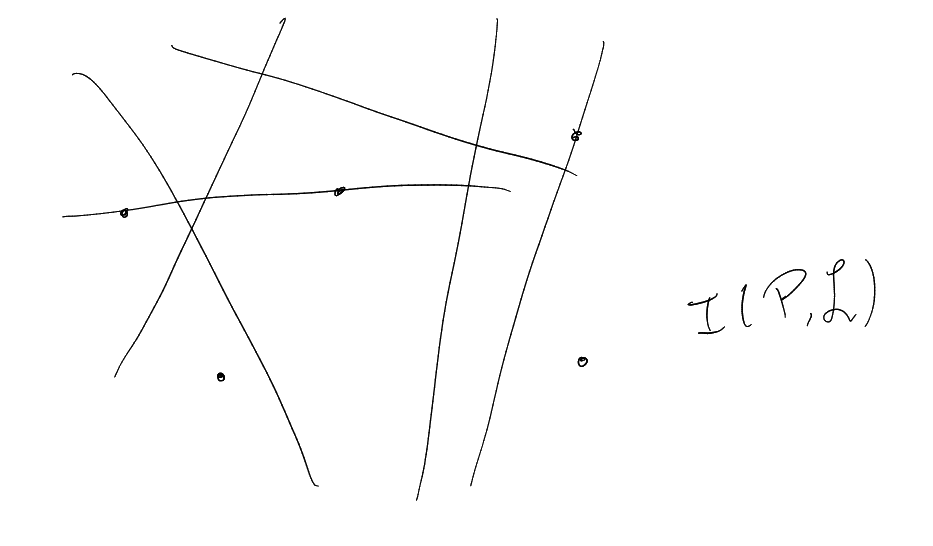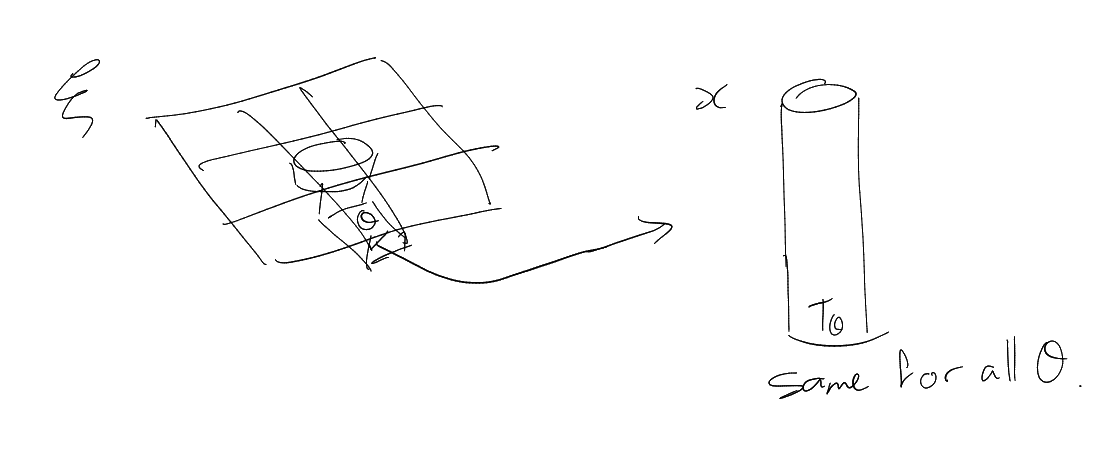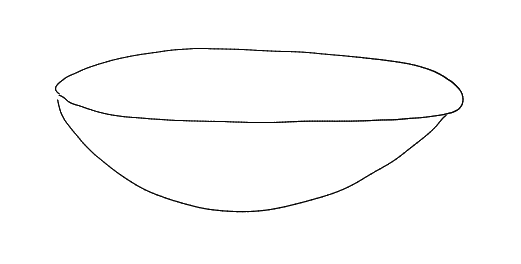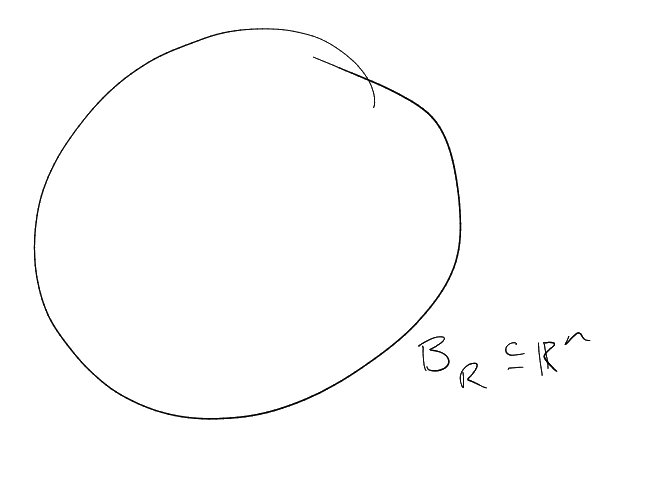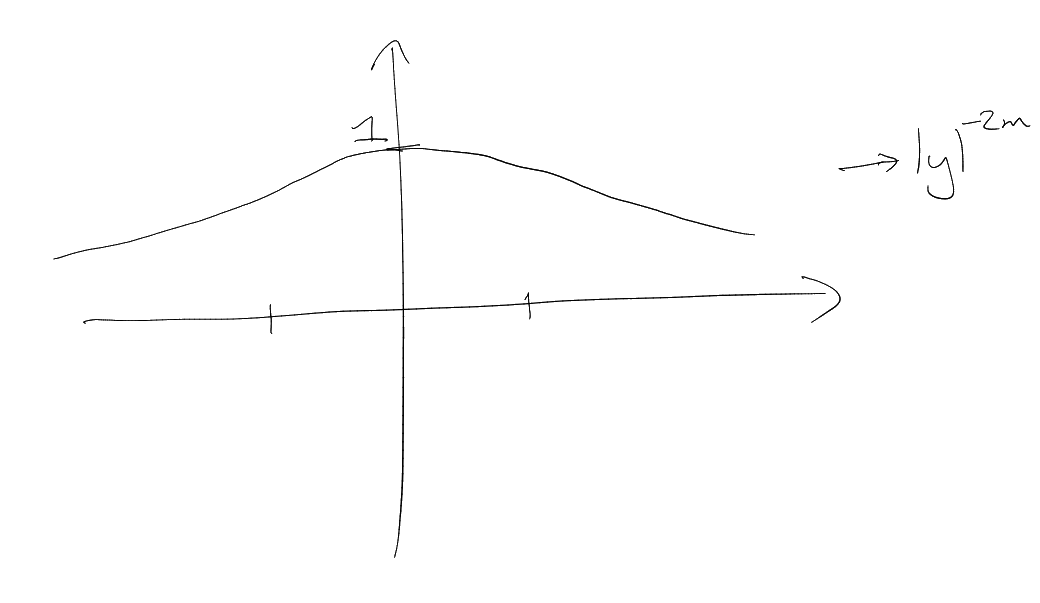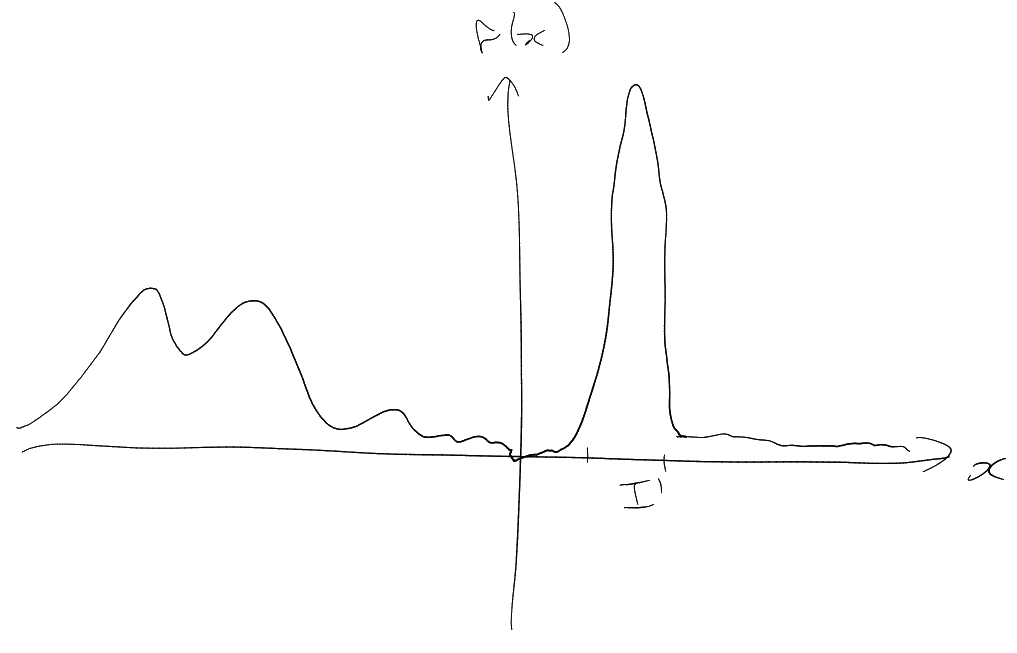5 Equivalent Versions of Fourier Restriction
Searching for
for which
|
|
Reminder:
means
|
|
Conjecture (Restriction Conjecture).
if and only if
and .
First proved for
by Fefferman (1970) and Zygmund (1974).
Special things happen in ,
classical harmonic analysis techniques apply.
Same conjecture for ,
where
|
|
.
For ,
open and active!
Restriction theory can be used to deduce continuum incidence geometry estimates.
Surprisingly, we can go the other way too (very recent progress, whereas the above direction has been well-known since
at least the s).
Equivalent formulations of
Dual version is called “Fourier extension”:
|
|
(). The
integral equals:
Call the last inequality .
Local, dual version: allows us to work with functions, F.T.
For any ,
any , we
have
|
|
for all
with .
Call this .
. First thing bounds
, while secound
thing bounds
when we have .
Let ,
. Try to
express
in trems of ext. op.
ö
Goal is to bound this last expression by
|
|
Lucy case: ,
i.e. .
Then
|
ö |
(actually
since
approximately
constant on )
continued.
Spatial:
Frequency :
,
,
|
|
Aiming for
|
|
Lucky case: .
|
ö |
()
Unlucky case: .
Hölder’s inequality goes in the wrong direction:
for all ,
.
This is equality if
is constant on .
PAUSE THIS.
Useful Harmonic Analysis tool
The locally constant property.
Convolution: Let .
Define
by
|
|
See Young’s convolution:
when .
Example.
(
is the unit ball in ),
RHS is “average value of
on ”.
“ is approximately constant
on balls of radius ”.
Support property: ,
,
.
Convolution and Fourier Transform: .
Locally constant property: Let ,
. Then for any
unit ball
and any ,
|
|
is
on
.
Digesting .
For any unit interval ,
,
|
|
Suppose this:
LHS has to be constant.
|
|
|
|
Lemma (Locally constant property).
Assuming that:
Then for any unit ball
and any
,
|
|
The proof of this fact is more important than the statement – we will be using the strategy in
future.
Proof of locally constant property.
Let ,
.
Let
such that
on ,
.
By Fourier inversion:
|
|
Let (unit
ball in ).
Returning to
|
|
where
satisfies
on ,
.
|
|
supported in -neighbourhood
of .
Repeat steps of proof:
|
|
